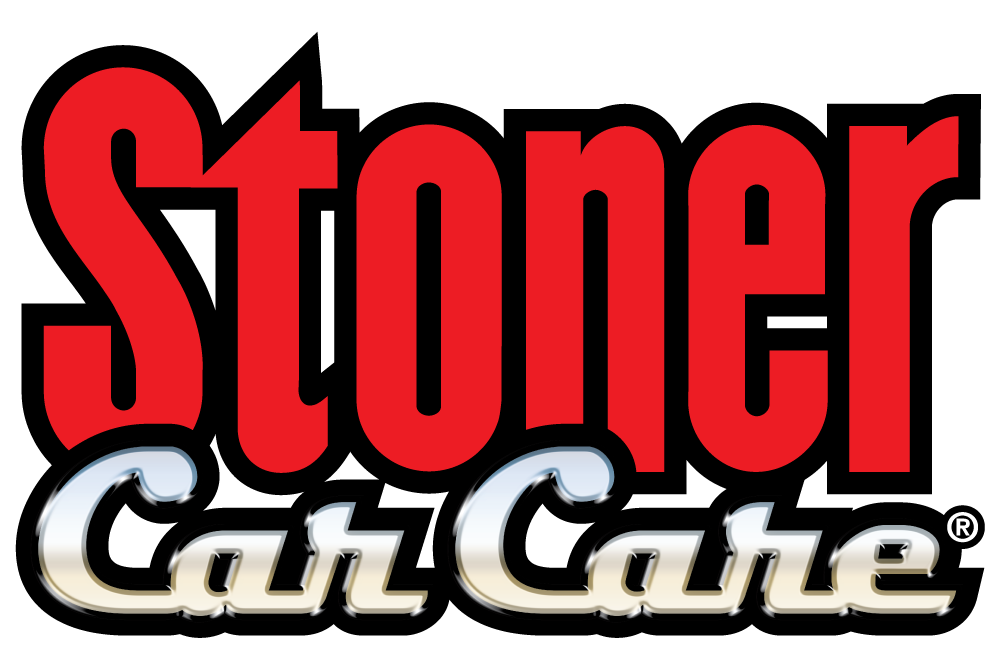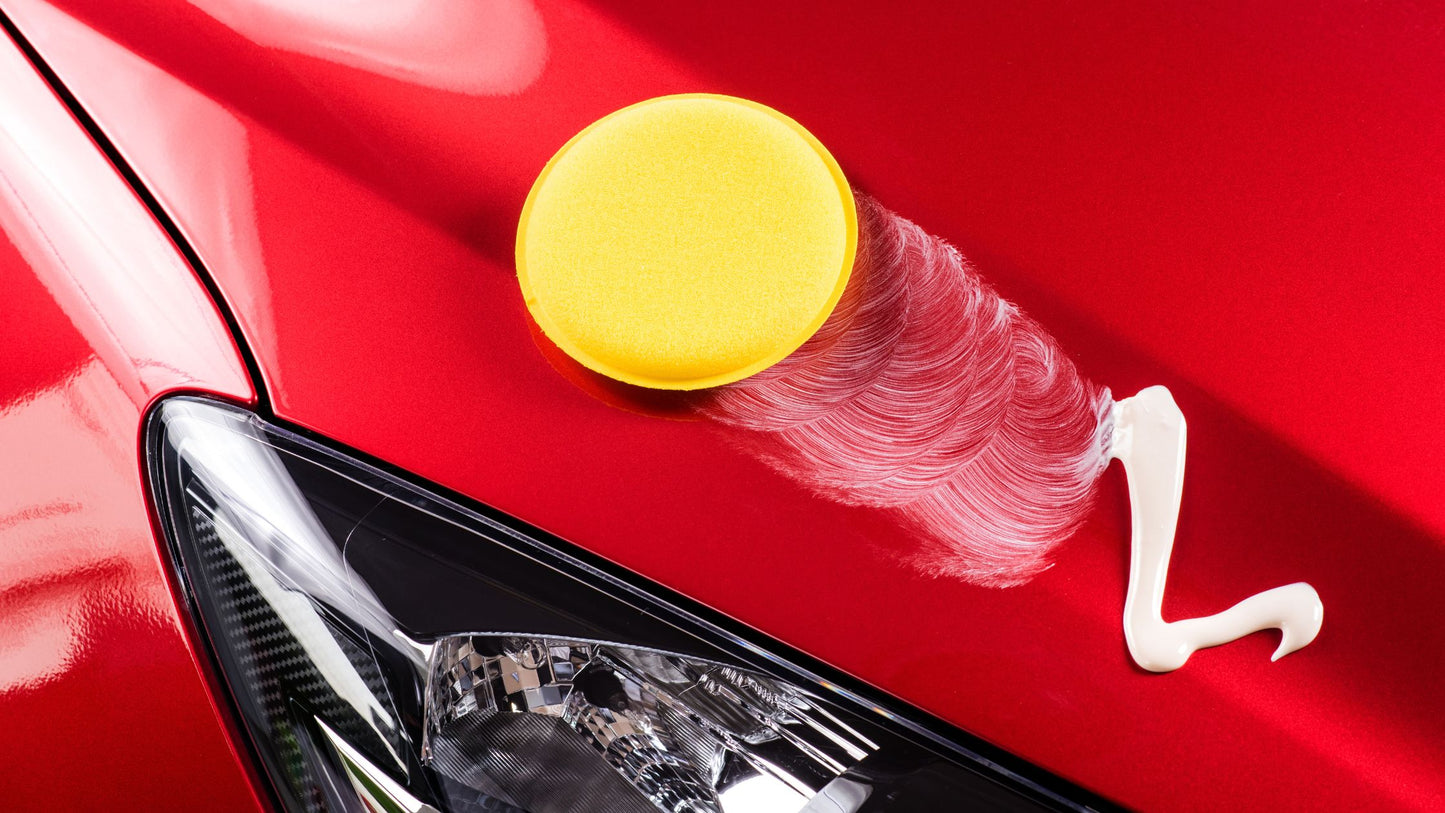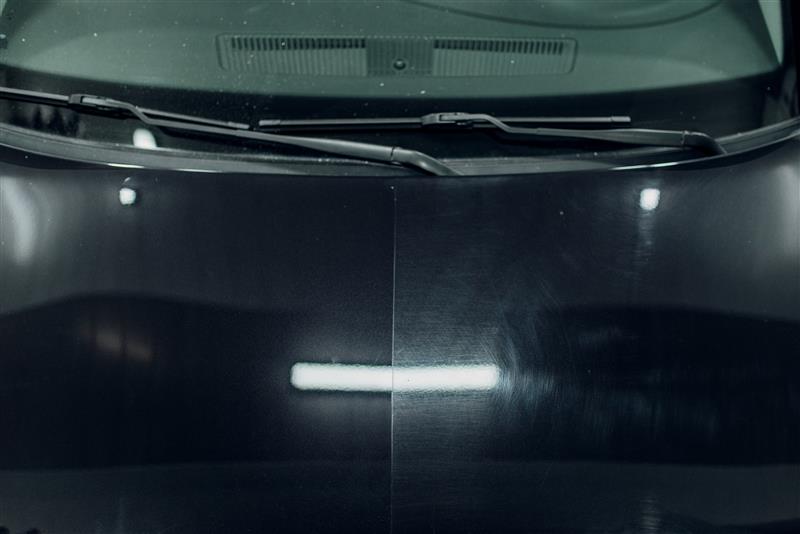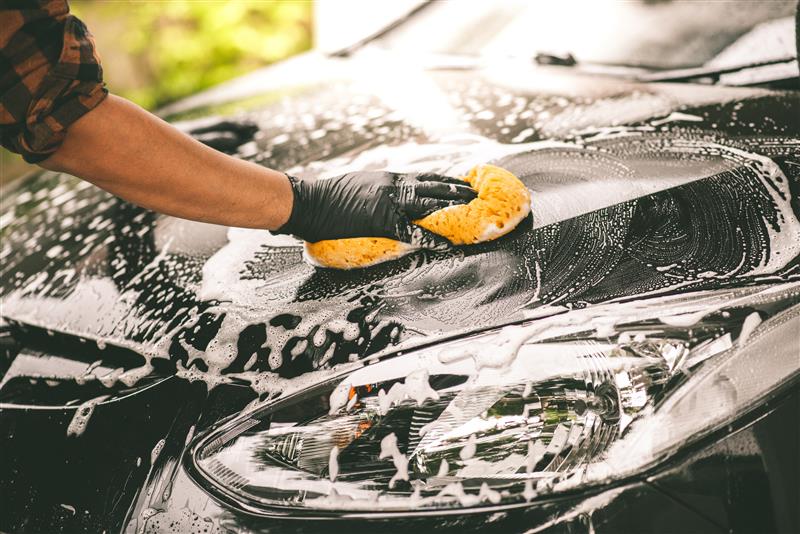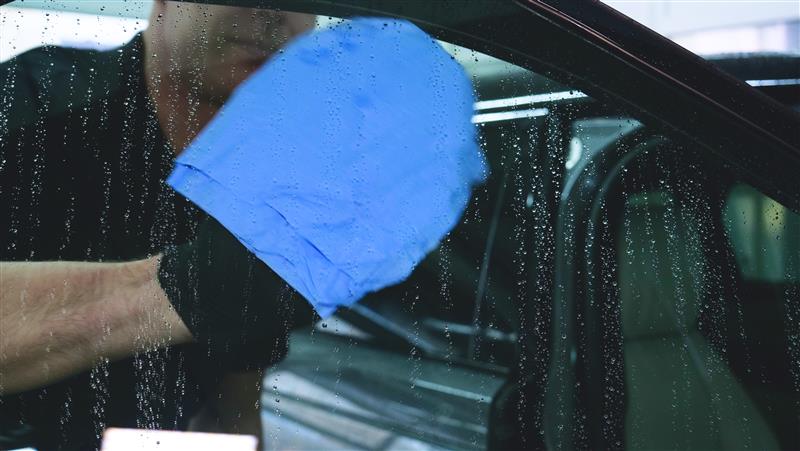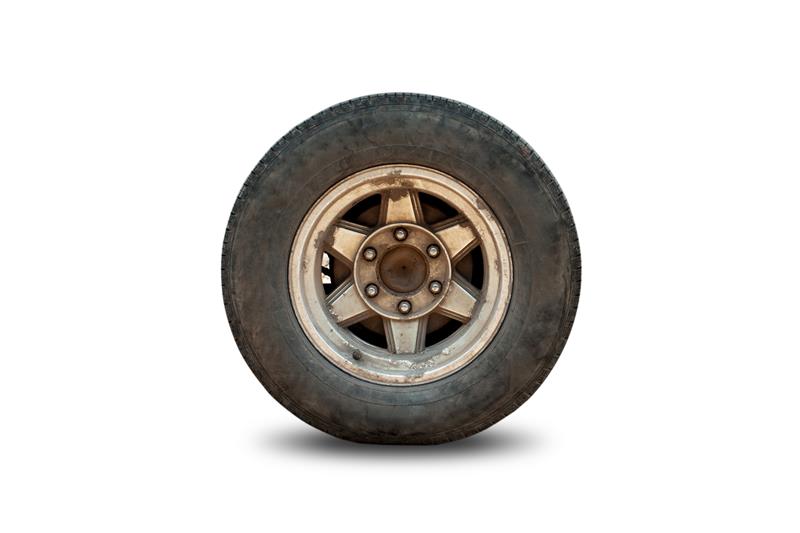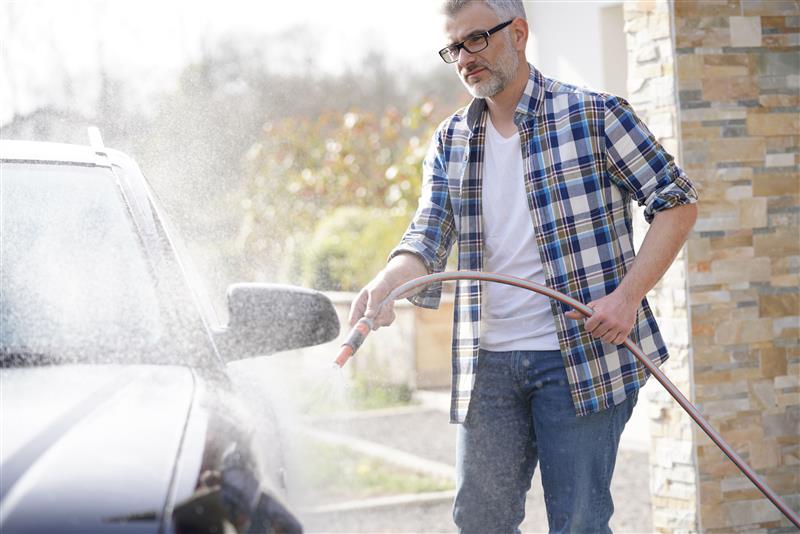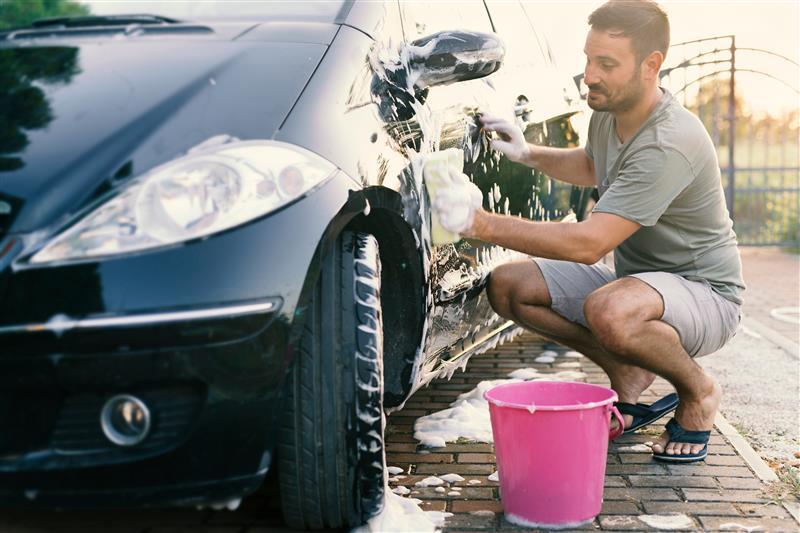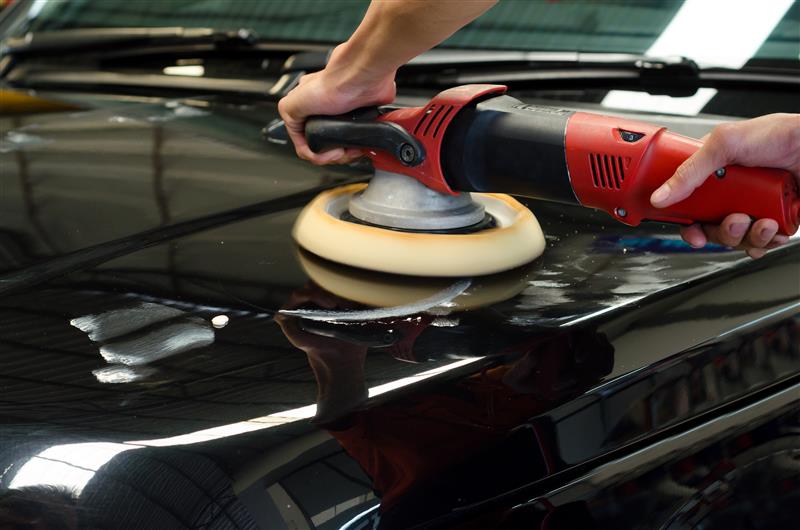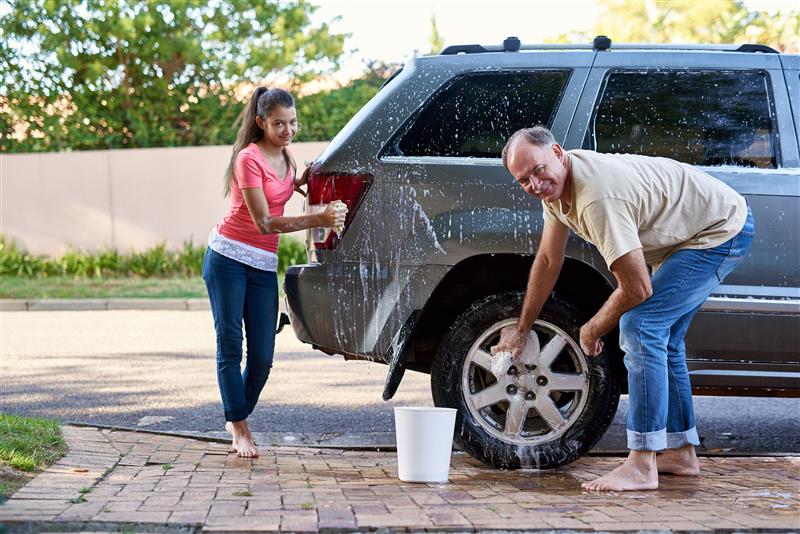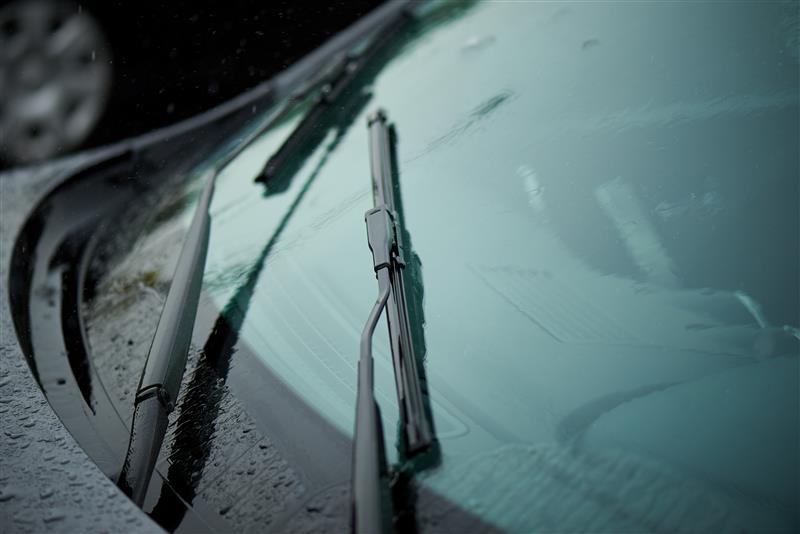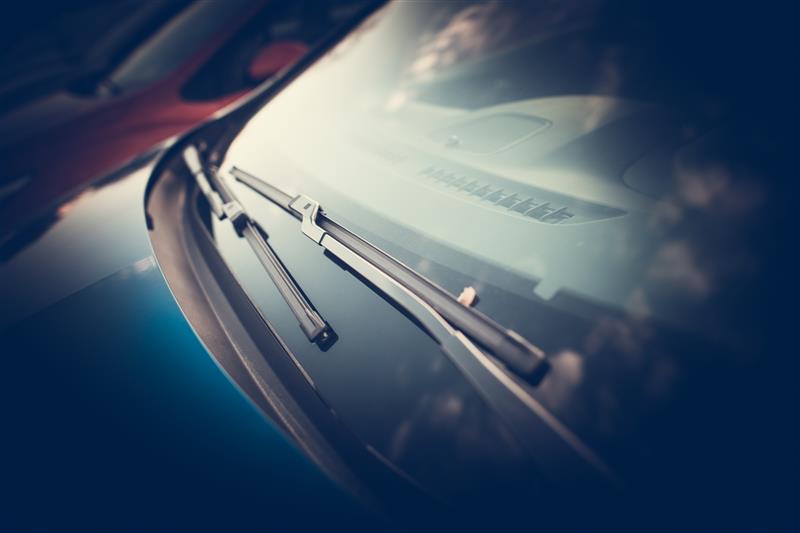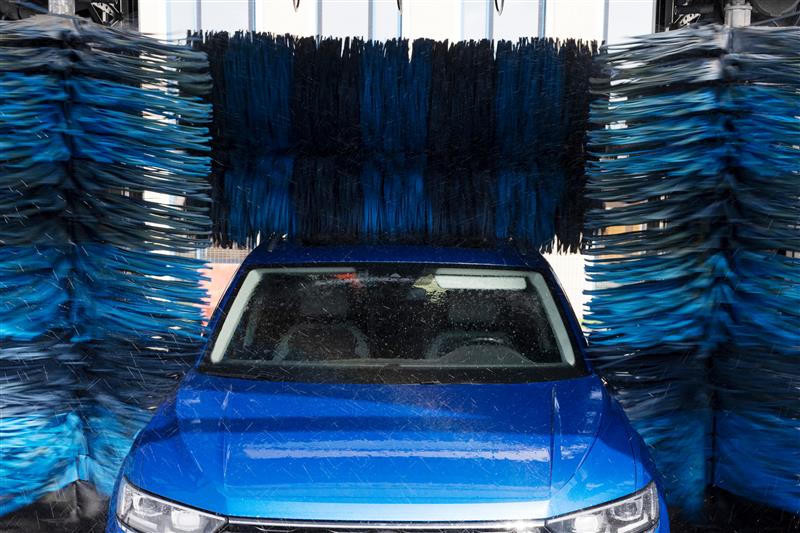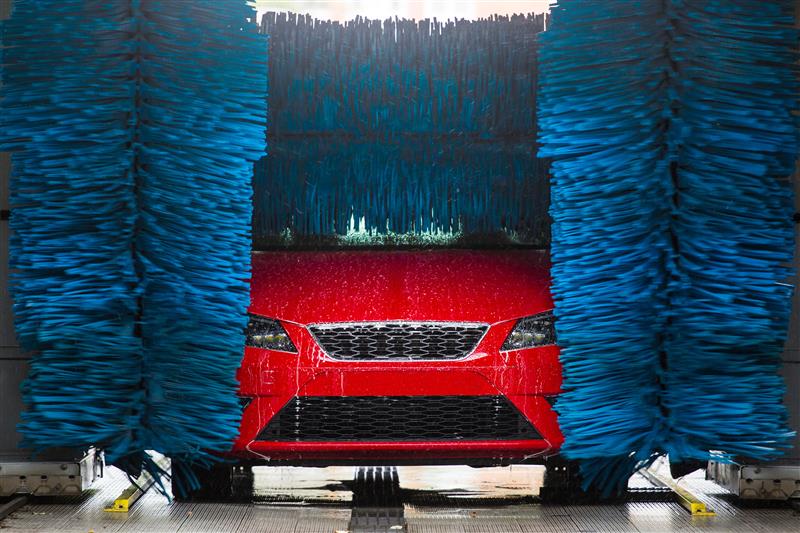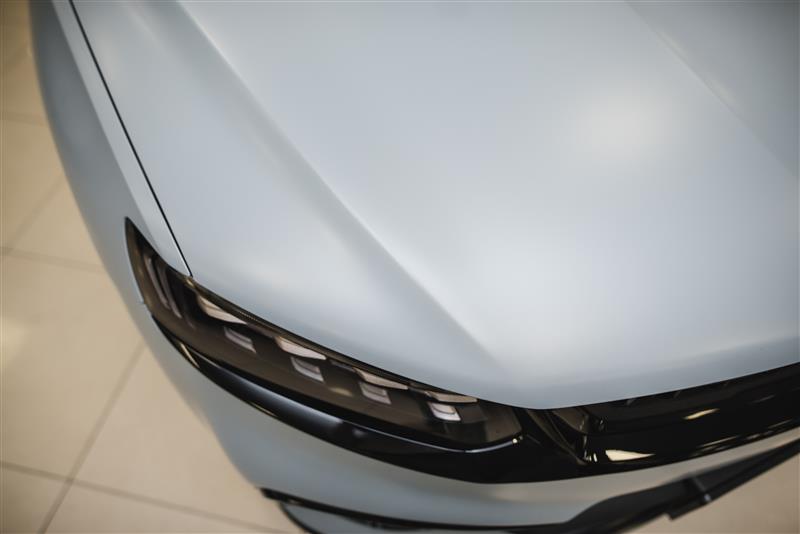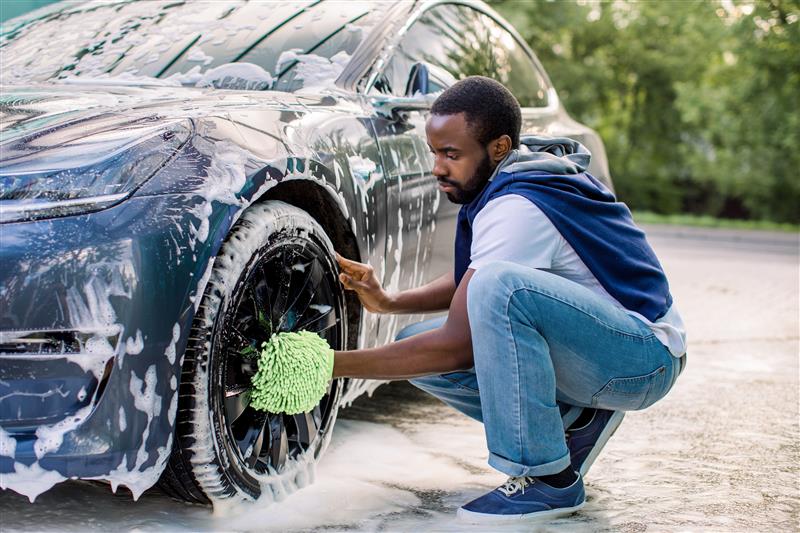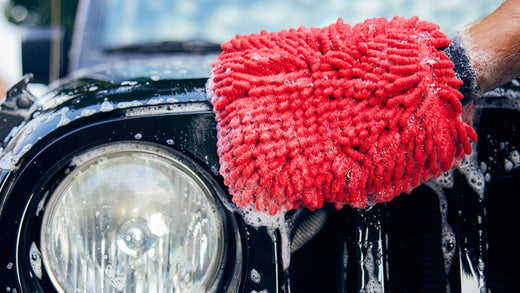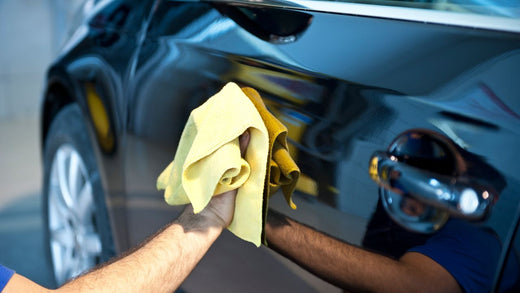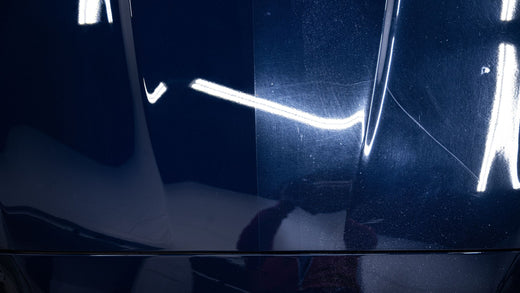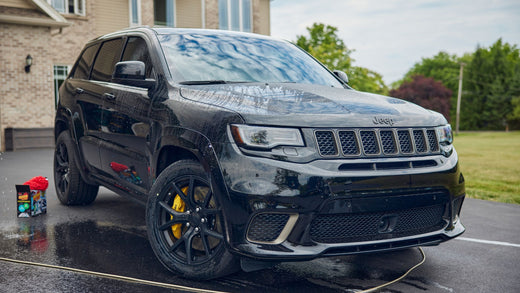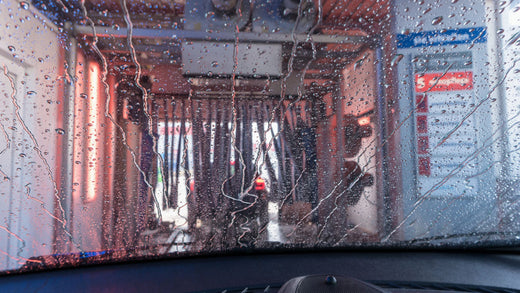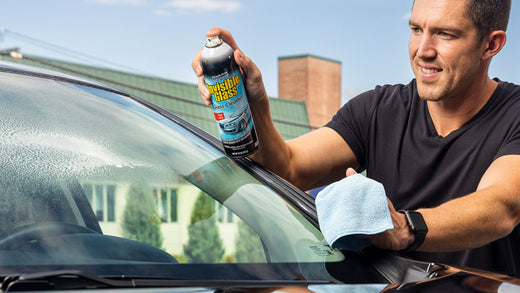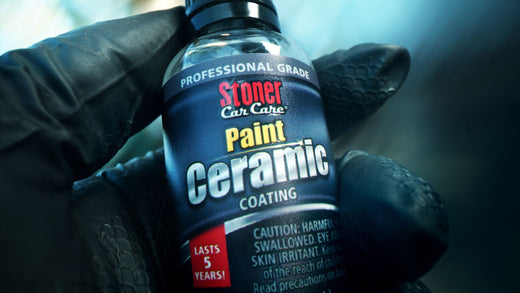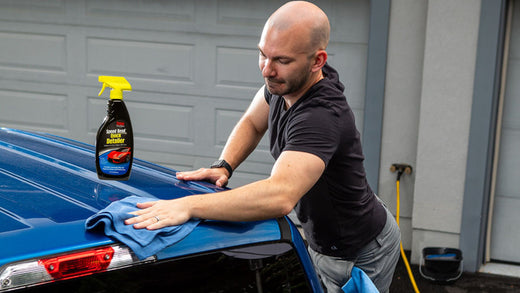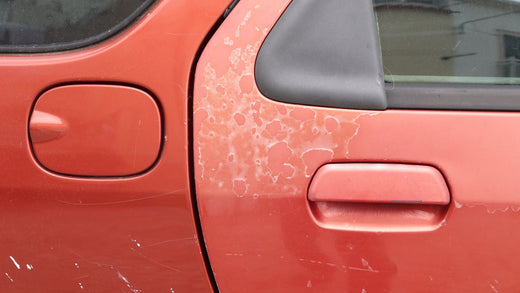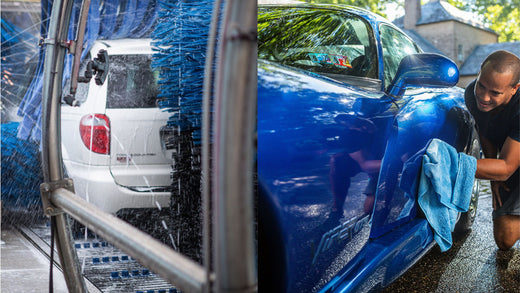Clear vision ahead with our holiday markdowns on Invisible Glass Ceramic Silicone Wiper Blades. Prices as marked.
Cars arrive from the factory equipped with an invisible gift - a protective clear coat. Over time, this coating breaks down, leaving your car at the mercy of the road and elements. You can re-create your vehicle’s original clear coat shield by applying wax, and this post will share tips on using traditional liquid wax.
To wax a car: Wash off the exterior, thoroughly dry the surface, apply a high-quality automotive wax with an applicator pad, buff in small, circular motions, and remove excess polish with a microfiber towel.
Considerations before cleaning
Before prepping your car for wax, check your local weather forecast. Carnauba wax, the main ingredient in all car waxes, has a melting point of around 185 degrees Fahrenheit. Dark exteriors can reach that temperature on a warm day, causing the polish to dry prematurely. Work in a spot that offers full to partial shade for summertime detailing.
While noting the day’s high temperature, look to be sure no precipitation is on its way. Wax needs a dry surface to adhere properly. Working in a lighted garage or covered area can help avoid a potential mess.
Tools and Materials
Waxing your car requires some elbow grease, along with a few tools:
Necessary supplies
- Standard car soap
- A hose/wash bucket
- A high-quality wax
- An applicator pad
- 6+ microfiber towels
Optional product: A random orbital buffer
Mechanical buffers save you lots of time and effort while waxing your vehicle. They come in various forms, and many detailers consider working with potentially problematic rotary buffers. Rotary buffers spin in a circular motion at high velocity, and improper technique with a standard rotary buffer can cause permanent damage in the form of burns or swirl marks.
Random orbital buffers, on the other hand, are more user-friendly. These tools spin in randomized patterns rather than in a circle. Random orbital buffers apply wax evenly while eliminating the risk of burning the paint or creating swirl marks.
While both types of buffers come at a similar price point, with a lesser risk of damage, we recommend a random orbital buffer if you’re new to detailing. It’s the best way to polish with greater confidence and speed. You can use a random orbital buffer for the application and buffing steps mentioned below.
Once you’ve gathered your supplies and tools, follow the step-by-step instructions below:
Wash off the exterior.
If your vehicle is not newly cleaned, wash off the exterior to remove debris and grime. A wax application needs a clean surface. Flush the car from the top down, starting with the roof and ending at the lower portions. Take your time to rinse thoroughly; any remaining dirt or grime has the potential to cause damage in the following steps.
Once you’ve applied soapy water to all exterior areas, rinse it off with clear water to remove any lifted contaminants or lingering soap.
Thoroughly dry the surface.
Once you’ve removed all visible grime and debris, dry the exterior with microfiber towels or a chamois. This step is crucial, as all wax products require a thoroughly dried surface for proper bonding. For tips and tricks on how to dry safely, check out our guide.
Dry from the top down, again beginning with the roof. If water spots or streaks form, reapply soapy water to the affected area and then dry immediately.
Apply a high-quality automotive wax with an applicator pad
Every wax product comes with specific application instructions. Always read the product label before use.
Consider Stoner Car Care’s Hybrid Ceramic Liquid Wax with NeverWet technology if you need a wax product. The Hybrid Ceramic Liquid Wax repels mud, grease, grime, and solids from your exterior, and it eliminates surface tension, causing water to bead for months per application. Hybrid Ceramic Liquid Wax won’t haze like traditional wax and is an excellent alternative if you want long-lasting protection.
Generally speaking, the process for applying wax goes in this order:
- Shake the bottle for around 30 seconds.
- Apply wax onto an applicator pad.
- Choose a small area or panel of the vehicle, and blot your applicator pad onto that surface.
- Begin buffing, following the directions below.
Buff in small, circular motions.
Apply the wax by buffing the car’s surface with small, circular motions. Working in horizontal or vertical rows ensures that every exterior area is waxed.
Remember to use a conservative amount of wax to begin, increasing the amount as needed. Too little wax will require additional applications, and too much wax will take considerable time to buff thoroughly.
As you move across your body paneling, you should see a thin wax layer. Your original paint color should always be visible during the wax application process.
As you work, you’ll notice that the wax will appear matte and have a chalky consistency. Once every vehicle area is covered, move on to the next step below.
Remove excess wax with a microfiber towel.
You can use a microfiber towel, chamois, or other soft automotive cloth to remove excess wax. We recommend having at least six microfiber towels on hand for such jobs, as they’re cost-effective, reusable, and safe for delicate exterior finishes.
Buff the car using a fast circular motion to even out the wax and create a shiny, glossy finish.
The making of car waxes
Car waxes come from a natural byproduct of palm trees, called carnauba wax. This wax coats palm leaves and protects the plant from the intense heat, moisture, and UV rays in its environment near the Equator. Farmers in this region harvest raw carnauba and grind it into a powdery substance that can be blended with other waxes, oils, and petroleum derivatives to create commercial car wax.
Benefits of vehicle wax
Waxing a car takes effort along with a good chunk of time from your day. Still, regular wax application's many benefits make the process worth your time.
Wax comes in a form for everyone!
Wax comes in three primary forms; paste, liquid, and spray. Paste waxes are typically the most expensive, containing the most carnauba wax. Pastes produce the deepest color and shine but degrade more quickly than liquids. In comparison, liquid waxes offer the best durability, although they contain the most synthetic ingredients. Finally, spray waxes are the easiest to apply and are typically the cheapest, but their protection lasts only a few weeks.
Keep your clear coat intact.
Regular waxing helps preserve your car’s factory-applied clear coat over time. A clear coat helps protect your paint from corrosive elements like street salt, snow, rain, UV rays, and tree sap. Routinely wax your car to help keep it looking like it just came off the dealership lot.
Invest time to save money.
Take the time to wax your car. Protective waxes help prevent corrosion and maintain the value of your investment. Professional automotive estimators consider various factors before buying a vehicle, including paint chipping, fading, and rust. Each flaw can reduce your resale value, yet each is preventable with proper care and protection.
Don’t be an anti-waxer!
There are proven rewards to waxing your vehicle regularly. While application takes time and effort, it will help maintain a pristine factory finish down the road. Just follow these steps when waxing your car: Wash off the exterior, thoroughly dry the surface, apply a high-quality automotive wax with an applicator pad, buff in small, circular motions, and remove excess polish with a microfiber towel. Shine on, confident that your exterior can take on anything the road throws its way!
